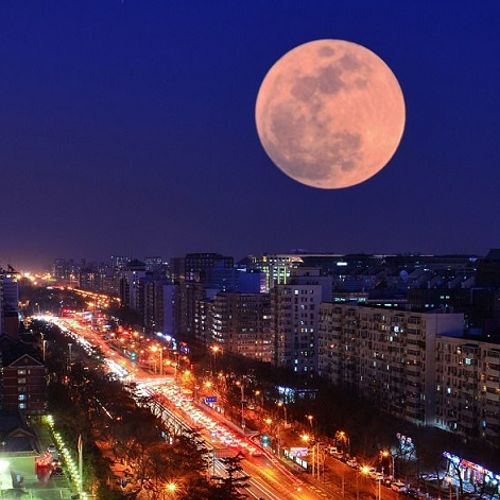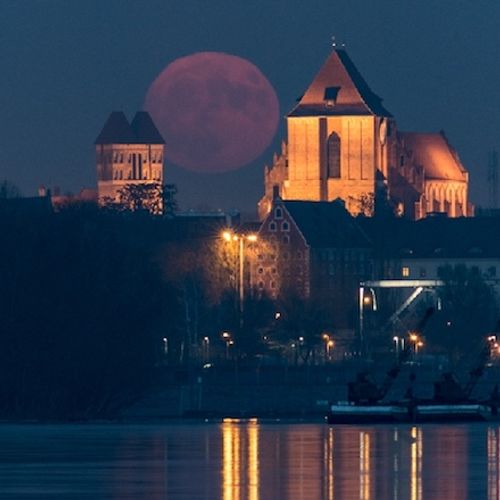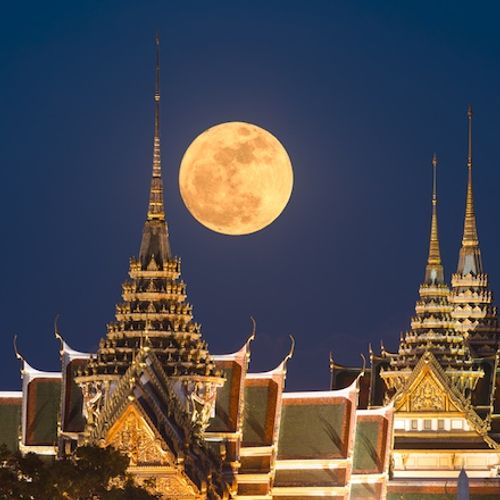
| Added | Wed, 30/08/2023 |
| Источники | |
| Дата публикации | Wed, 30/08/2023
|
| Версии |
As you know, the phases of the Moon change on average 12.37 times a year. Simple calculations show that once every 2.8 years there are 13 full moons in one year (instead of the usual 12). In other words, the phases of the moon change every 29.53 days. Therefore, if the full moon falls on the first or second day of the month, it is highly likely that the next full moon will occur in the same month.
A supermoon will happen at the same time. This term refers to an event when the Moon reaches perigee — the closest point of the elliptical orbit to the Earth.
The Moon's distance from the Earth varies because its orbit is not perfectly round — it has a slightly oval (elliptical) shape.
Since the Moon follows an elliptical trajectory around the Earth every month, its distance varies by 14%: from 356,500 km at perigee (the closest approach to Earth) to 406,700 km at apogee (the greatest distance from Earth).
The angular dimensions of the Moon also vary in the same proportion: from 29.4 to 33.5 arcminutes. When the full moon coincides with the perigee, the moon appears a little brighter than at other times. But the difference is so small that the ordinary eye cannot catch it. In addition, when the moon is full, the Moon is low above the horizon. Numerous aerosols suspended in the surface layer can neutralize the apparent brightness.
Another common misconception is that the low-lying Moon appears to be much larger than it actually is. This perception is associated with an optical illusion. According to one version, this feeling creates a comparison with other objects. Against their background, the Moon appears as a giant. When the night star is high in the sky, there is nothing to compare it with.
Новости со схожими версиями
Log in or register to post comments





